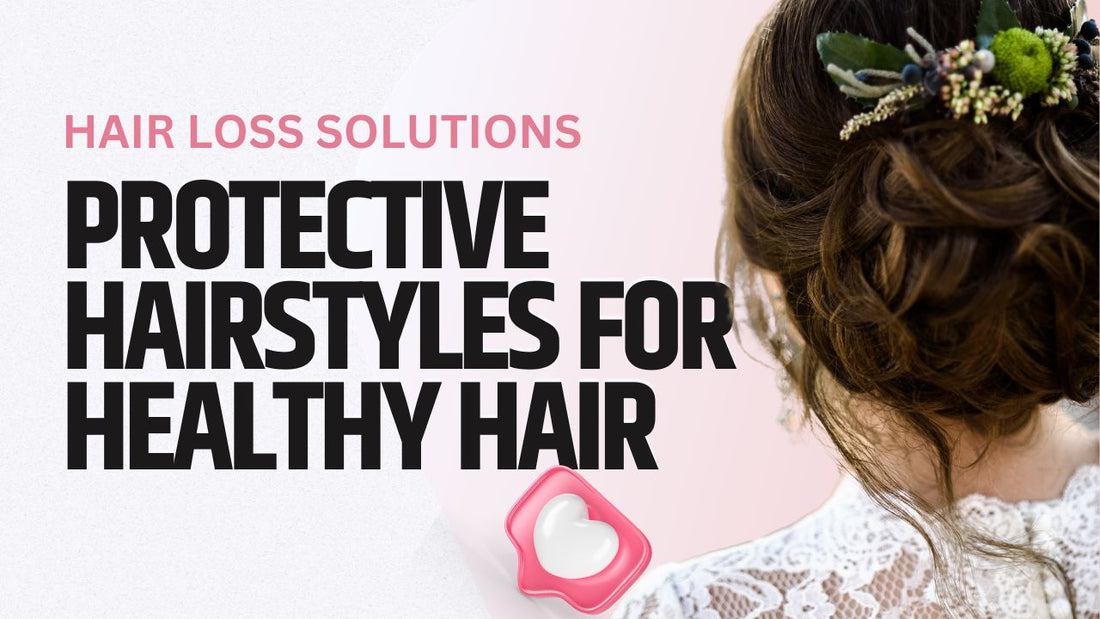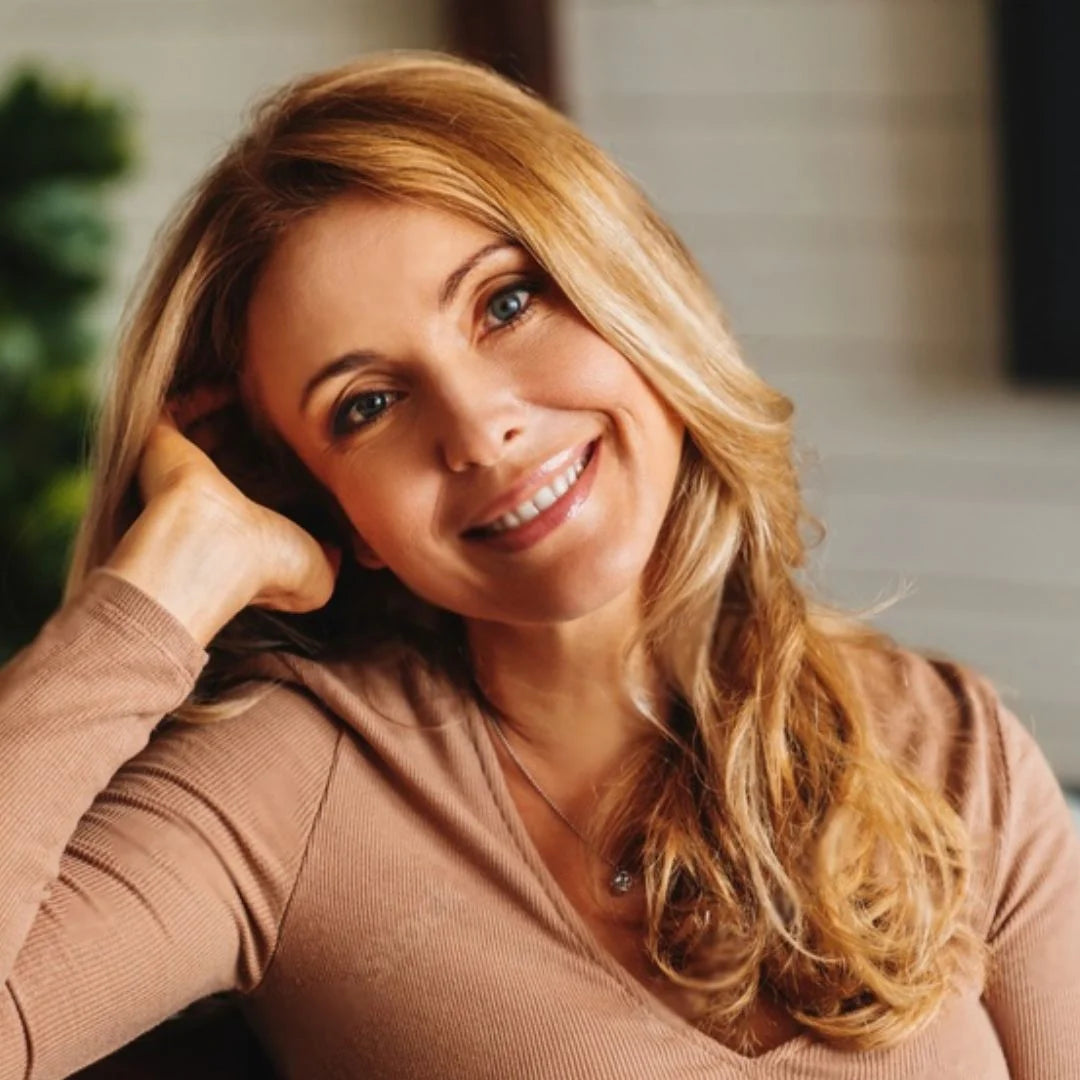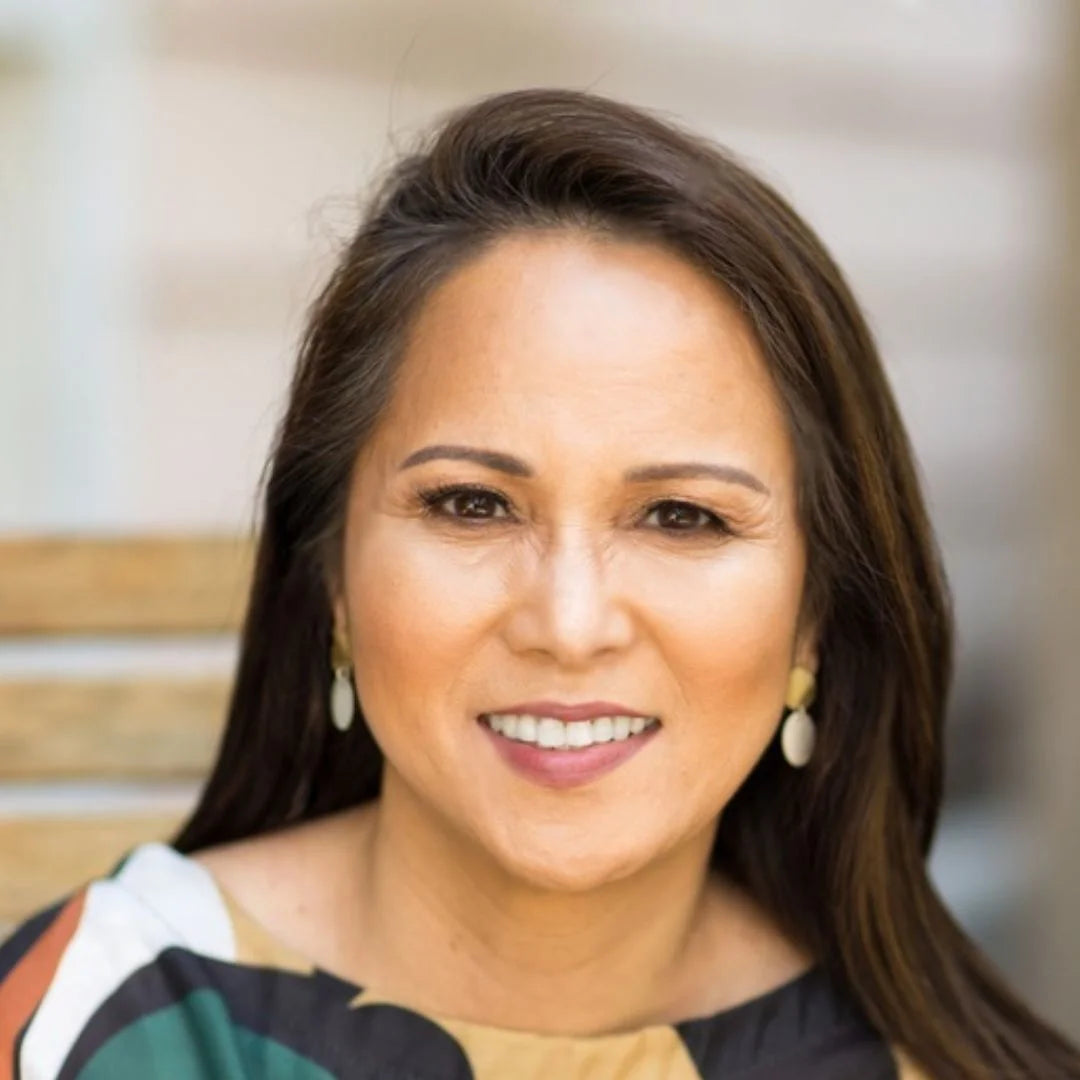
Protective Hairstyles for Healthy Hair
Share
Protective hairstyles—two words that hold immense power in the world of hair care. But what exactly do these terms mean? Essentially, protective hairstyles act as a shield for your hair, particularly the fragile ends, against external factors that can lead to damage. With styles ranging from braids to twists, updos to weaves, the options are plentiful and beneficial. In this guide, we will delve deep into the what, why, and how of protective hairstyles.

Definition of Protective Hairstyles
A protective hairstyle aims to minimize the exposure of the "oldest" part of your hair—the ends—to the elements that can cause damage. These styles reduce the mechanical stress that daily activities can inflict on your tresses, giving them a break and allowing them to grow stronger.
Importance of Protective Hairstyles
Now, why should you consider adopting a protective hairstyle? Well, they play a critical role in maintaining the overall health of your hair. By cutting down on daily wear and tear, these hairstyles encourage growth and can even help prevent hair loss in the long run.

Overview of Topics Covered
From discussing the science behind hair damage to exploring various types of protective styles and offering maintenance tips, this guide has it all. Notably, we will also spotlight a unique product that complements protective hairstyles remarkably well—Proactive Rosemary Hair Booster Oil.
The Science Behind Hair Damage
Before we delve into the protective hairstyles themselves, it's important to understand what we're protecting our hair from. Various factors can cause hair damage, and they are often part and parcel of our daily lives.

Factors Causing Hair Damage
- Heat: Whether you're using a blow dryer or a flat iron, heat can cause extensive damage by drying out your hair and making it brittle.
- Chemicals: Hair dyes, straightening treatments, and even some shampoos can contain harsh chemicals that weaken your hair.
- Mechanical Stress: Activities like combing, brushing, and even the friction from pillowcases can cause stress, leading to breakage.
How Protective Hairstyles Help
So where do protective hairstyles come in? They offer a first line of defense against these damaging factors. By tucking away the vulnerable parts of your hair, you minimize the risk of breakage, split ends, and thinning. Imagine this as a mini-vacation for your hair, a period of rest and recovery that helps restore its vitality.

Types of Protective Hairstyles
When it comes to protective hairstyles, the options are vast and varied, ensuring that there's something for every hair type and personal preference.
Braids
Braids are a classic choice in the realm of protective styles. From simple three-strand braids to more elaborate fishtail designs, braids keep the ends of your hair secured and shielded from damage.

Advantages of Braids
- Versatility: Numerous styles can be created.
- Low Maintenance: Once done, they require minimal upkeep.
- Long-Lasting: Can stay in place for weeks, depending on the type.
Twists
Twists, like braids, are another effective way to tuck away your hair’s vulnerable ends. They are typically easier and faster to put in and take out than braids.
Benefits of Twists
- Ease of Styling: Easier to install than braids.
- Moisture Retention: Helps to lock in moisture.
- Scalp Accessibility: Easier access to the scalp for moisturizing and cleaning.
Updos
Updos, such as buns or chignons, are an elegant way to protect your hair. They are especially useful for formal occasions and can be both functional and stylish.

Why Choose Updos?
- Elegance: Instantly adds a touch of formality.
- Quick Setup: Can be done in minutes.
- Damage Minimization: Great for protecting hair ends.
Weaves and Extensions
Weaves and extensions offer a way to change up your look entirely while giving your natural hair a break from styling.

Points to Consider
- Variety: Offers the most dramatic change in length or volume.
- Cost: Typically more expensive and require professional installation.
- Maintenance: Requires regular care to keep both the weave and your natural hair healthy.
Spotlight: Proactive Rosemary Hair Booster Oil
One of the cornerstones of maintaining any hairstyle—protective or otherwise—is the right haircare product. This is where Proactive Rosemary Hair Booster Oil comes into play. This exceptional oil is a unique blend of Grape Seed Oil, Castor Seed Oil, and Rosemary Leaf Oil, formulated in clinically-proven ratios.
Why It’s a Must-Have
Not only does this oil come pre-mixed, saving you time, but it also offers a multi-faceted solution for hair concerns such as thinning. Incorporating it into your routine can significantly enhance the benefits of your protective hairstyle by providing much-needed nourishment and strength to your locks.
Maintenance and Care for Protective Hairstyles
Even the best protective hairstyles require regular upkeep to maximize their benefits. Here, we'll provide a straightforward guide on how to care for these hairstyles and keep your natural hair healthy.
Weekly Routine
A structured weekly routine can be a lifesaver when you have a protective hairstyle.
Cleansing and Moisturizing
- Wash Gently: Use a sulfate-free shampoo.
- Condition: Apply a deep conditioner to add moisture.
- Oil Application: Use Proactive Rosemary Hair Booster Oil to nourish the scalp and hair.
Scalp Care
A healthy scalp leads to healthy hair growth.
- Exfoliate: Remove buildup from the scalp.
- Massage: Enhances blood circulation.
- Moisturize: Keeps the scalp from drying out.

Long-Term Maintenance
Re-styling
Over time, even the best protective hairstyles can start to look a little tired.
- Re-do Edges: Freshen up the look by re-styling the edges.
- Replace Extensions: If using, consider replacing after 6-8 weeks.
- Deep Condition: Use a leave-in conditioner for added shine.
Hair Health Check
Regularly check your natural hair for signs of damage or excessive dryness and treat these issues promptly.
FAQ: Common Questions Answered
What is the longest I can keep a protective hairstyle?
Generally, you can keep a protective hairstyle for up to 8 weeks, depending on the type and how well you maintain it.
Are protective hairstyles suitable for all hair types?
Yes, there are protective hairstyles suitable for all hair types, although the specific styles that work best may vary.
Can I exercise with a protective hairstyle?
Absolutely, protective hairstyles are generally exercise-friendly. However, you may need to re-tighten or refresh the style more frequently.
Reaping the Benefits: A Final Word
As we wrap up, it's crucial to recognize that protective hairstyles, when executed and maintained correctly, offer a plethora of benefits. They shield your hair, promote growth, and even provide an aesthetic change. With the right care regimen, inclusive of standout products like Proactive Rosemary Hair Booster Oil, your hair's health can only ascend from here.















